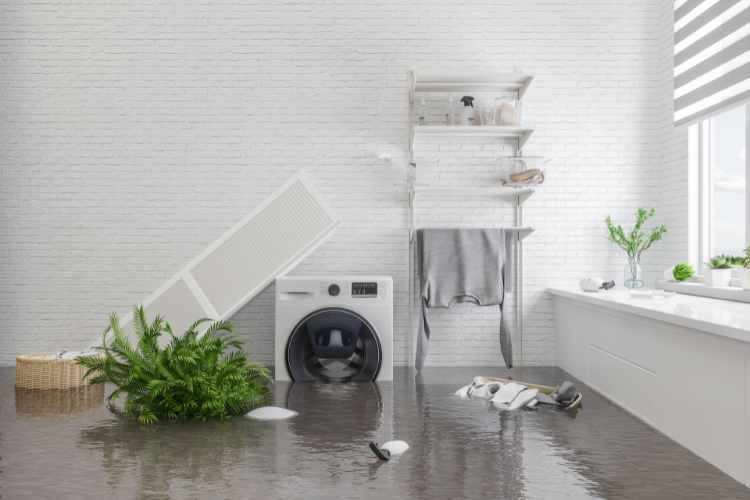Introduction
Preventive measures are essential. When done correctly and in the right way, they can prevent damage from occurring. The first step is ensuring the use of the right tools for the job.
Another thing is knowing how many chemicals are needed when doing chemical cleaning jobs like removing mold spores from air vents.
Cleaning the evaporator and condensing coil
If homeowners cannot clean their evaporator and condensing coil themselves, there are some things they can do.
The most basic method is to use a vacuum cleaner with a brush attachment. It will help clear out any debris stuck there but won’t reach as deep as an electric vacuum.
If this doesn’t work, they should consider hiring someone specializing in HVAC water damage restoration services. They will have the tools and equipment necessary for getting into those areas without causing damage or making their home look like something out of an episode of Hoarders.
Replacing filter cartridges
Replacing their filter cartridges once a month is an excellent way to prevent water damage.
Use the same brand as the softener. If they have an in-ground system, it is best to replace their filters with the same model and size as those used in their design—this ensures that they’ll work properly with each other and maximize their efficiency. They can also choose between different models if they want something more efficient but not necessarily smaller or larger than what’s currently installed in their home.
Replace them at least once every six months. However, it may be less expensive for homeowners with high-efficiency systems (HE) installed on their property. This is because these systems require replacement less often than standard ones due to their higher performance capabilities than older models created before HE was invented.
Drain water
Drain water from the evaporator. They should use a hose or garden sprinkler to drain any remaining water from their HVAC unit’s evaporator coil. The simple way to do this is by using gravity, as they’ll be able to see when there’s no more liquid in the system and let go of it with little risk of damage or injury associated with removing heavy objects from above their heads.
Drain water from the condenser and compressor (if applicable). If people are cleaning an air handler with a condenser and compressor attached, use a garden hose again to remove all remaining moisture inside their heating/cooling system components before proceeding with the other cleaning steps listed below.
Cooling system
Homeowners’ heating and air conditioning systems need to be kept clean, so they check any visible areas for dirt or grease buildup on the outside of their unit. If there are any leaks in this area, they should call a professional immediately. They should also ensure that the entire cooling system is well-rested; this will cause premature failure due to overheating or corrosion.
Ensure that no water enters any part of the cooling unit (such as the valves). This could lead directly to corrosion problems, which would cause further damage and possibly even electrical fires inside homes equipped with units like these.
Water quality
When it comes to HVAC systems, water quality is an important consideration. If homeowners are planning on installing a water softener in their home, they must know what kind of quality will be produced by the filter and how much waste product will be removed from their system.
Consideration should be given before installing a water softener. It includes whether there are other hardness sources in the house (such as calcium carbonate). If so, this may affect how effectively their filter removes minerals from incoming water supply lines.
After installing a new filter or replacing one with an older model, check its efficiency regularly by testing its output under laboratory conditions using specific devices.
Flow rate
Flow rate is a critical factor in preventing HVAC water damage. It’s important to note that if their pump has a high output, it may not be able to maintain the amount of water passing through the system and will cause damage before they realize what’s happening.
A way homeowners can prevent this type of problem is by checking their pump manufacturer’s recommendations on how much water they should let into their homes during floods or heavy rainstorms.
Conclusion
First of all, before starting the project, professional and HVAC industrial water damage cleaning systems ensure everything is working correctly. Otherwise, specific problems might result from the project needing to be more challenging.




